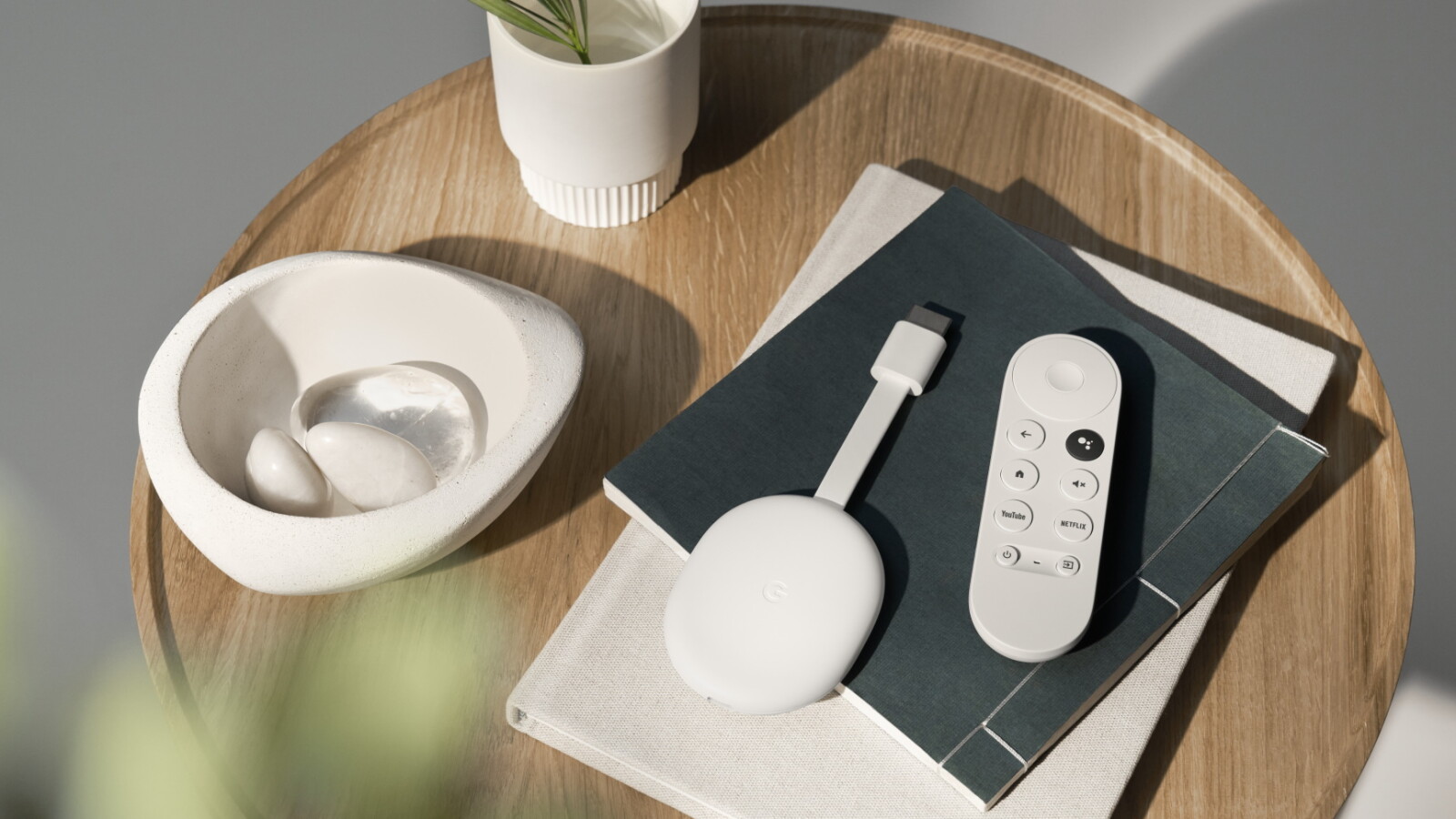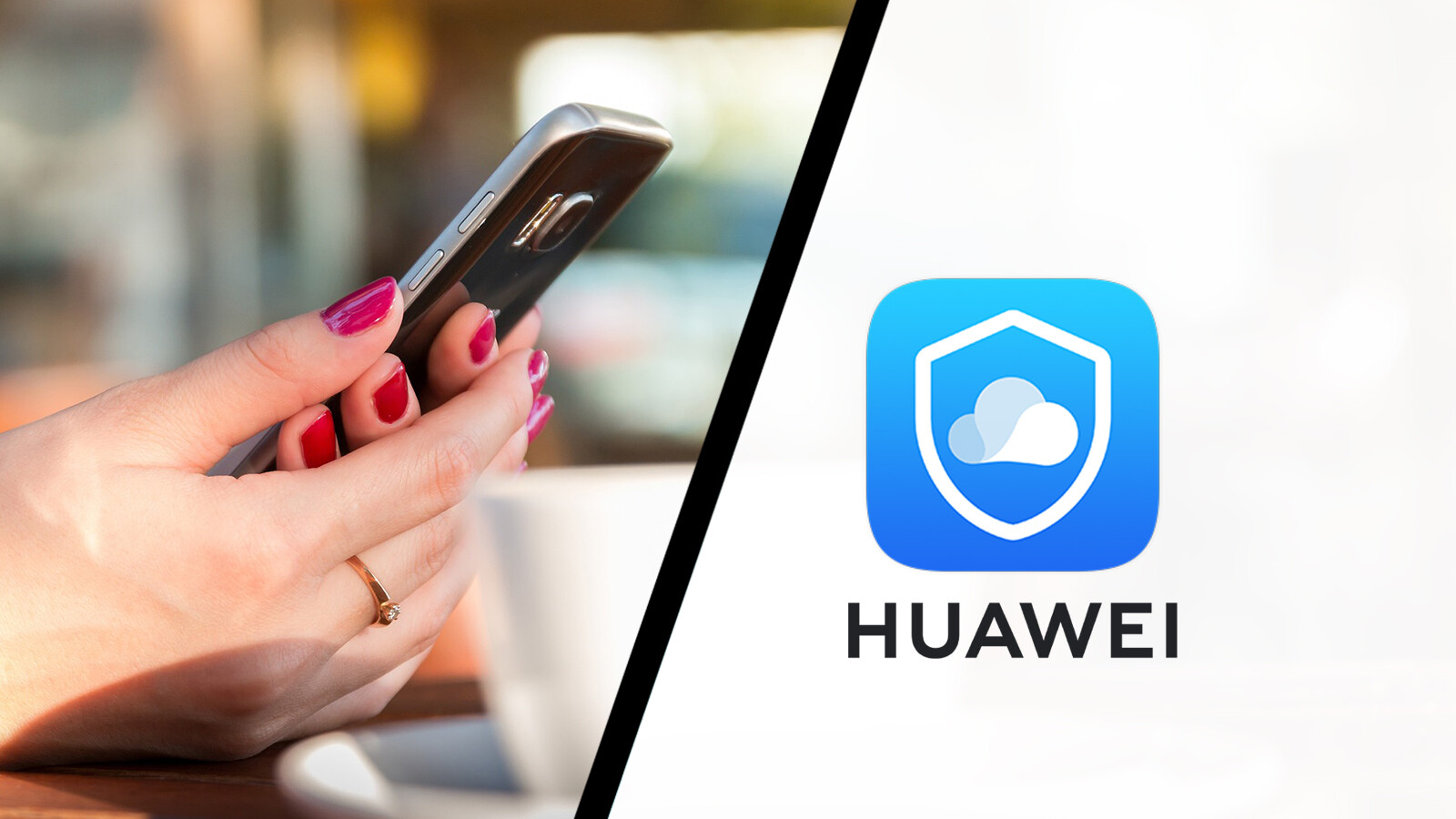If the picture and sound on the Chromecast are not in sync with Google TV, streaming is no longer fun. Here’s how to fix audio lag in a few simple steps.

Is your Chromecast struggling with audio lag with Google TV? Then try the following solutions. (Source: Google)
Every streaming fan knows the problem: An audio delay shifts the soundtrack of a film and the mouth movements of the actors and the dialogues are no longer reproduced in sync. The problem, which is called “Audio Delay” in the international network, also occasionally occurs on the Chromecast with Google TV.
If this is the case for you too, simply take the following measures and get the audio back on track:
Restart Chromecast
A simple restart of the streaming hardware has put an end to many a spook – and audio delay is no different. The problem often disappears as soon as you have disconnected the Chromecast from the power source and connected it again. If this measure is not successful, it may be due to an insufficient internet connection.
Check network connection
If the connection between your Chromecast and Google TV and the WiFi router is consistently poor, the devices may be too far apart or there are too many signal-inhibiting obstacles such as solid walls between the Chromecast and the router.

If your connection quality shows as “excellent” in the settings under “Network & Internet” like here, it probably won’t be the reason for the audio delay on your Chromecast with Google TV. (Source: © Netzwelt, Image: Richard W. Schaber)
If nothing can be changed about the distance between the two devices, a WLAN repeater can be the solution – amplifying the signal halfway can work wonders. However, before you invest in new hardware, try the following steps first.
Adjust playback quality
A jerky playback of content can certainly be due to an insufficient Internet connection or a lack of speed. In the latter case, throttling the playback quality on the Chromecast with Google TV can help.
If you have a relatively low download speed of less than 25 Mbit per second, the desired UHD stream may be a little too data-intensive for your line and adjusting the streaming quality can solve the problem with the audio delay.
If you are not sure how fast your internet is, you can use the Netzwelt speed test to find out more.
Adjust refresh rate
An audio delay can also be caused, among other things, by an unsuitable refresh rate – because the streaming device and the screen do not always coordinate ideally.

Changing the refresh rate in the settings under “Display & Sound” under “Resolution” from 60Hz to 50Hz can solve the problem with the slipped audio track. (Source: © Netzwelt, Image: Richard W. Schaber)
If the problem with the slipped audio track cannot be solved by optimizing the internet connection or throttling the playback quality, you can try reducing the refresh rate. If you reduce this from 60Hz to 50Hz, image and sound could finally be synchronized again when streaming.
Don’t miss anything with the NETWORK-Newsletter
Every Friday: The most informative and entertaining summary from the world of technology!
Table of Contents








